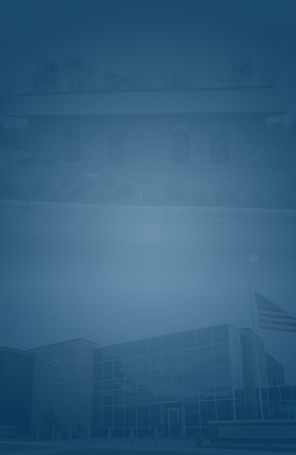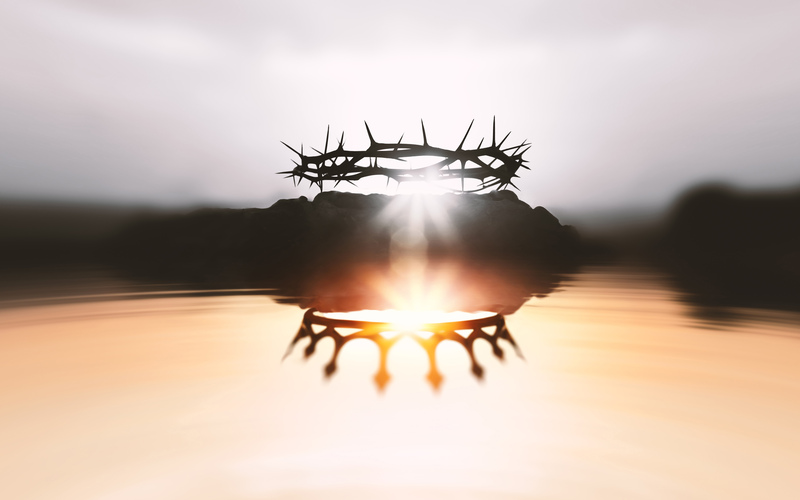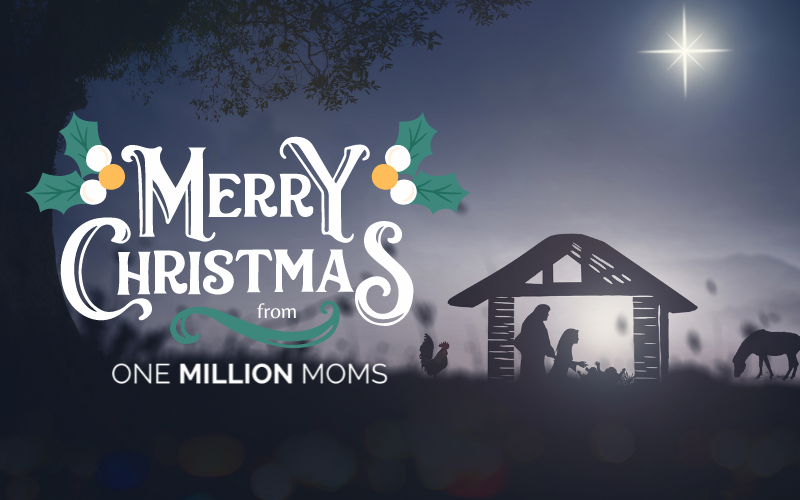Sheep in Need of a Shepherd (Part 1)
Sign up for a six month free
trial of The Stand Magazine!
Recently, while studying God’s Word, I was reminded of the familiar truth that we as believers are often likened to sheep.
The imagery is employed numerous times throughout the Bible. In the Old Testament, the Israelites were compared to sheep on a number of occasions.
For example, the psalmist said in Psalm 100:3 (KJV), “Know ye that the LORD he [is] God: [it is] he [that] hath made us, and not we ourselves; [we are] his people, and the sheep of his pasture.”
The beloved 23rd Psalm is another wonderful passage that uses vivid imagery about sheep being nourished, protected, restored, and led by God as a shepherd.
That same imagery was brought forward and used by Christ himself in the New Testament.
In John 10:14 in the parable of the Good Shepherd, Jesus said, “I am the good shepherd, and know my [sheep], and am known of mine.”
Just a few verses later, Jesus said, in John 10:27, “My sheep hear my voice, and I know them, and they follow me.”
Paul used the same imagery (Acts 20:28) as did Peter (1 Peter 2:25) and the writer of Hebrews (Hebrews 13:20).
When we first consider being likened to sheep, we might picture a cute and cuddly animal.
We may picture a beautiful flock with fluffy wool, grazing in a green pasture with the sun shining brightly in the background – a peaceful setting, no doubt.
But if you have raised sheep, been around them much, or done a little reading about sheep, you know that being compared to them may not necessarily be a compliment.
Sheep are virtually defenseless.
Predatory animals have sharp teeth, claws, extreme scent for tracking, speed, stealth, strength, venom, stings, and a host of other instincts and abilities.
But even most prey animals are not completely helpless, as they have defensive mechanisms such as powerful hearing and vision, speed, the ability to climb, fly, hide, kick, and so forth.
But sheep?
I’m no sheep expert, but my best understanding is that the only defense mechanism a sheep has is to flee, and in most cases, their attempt to flee will scatter them and get them into trouble.
Sheep are prone to wander.
Good shepherds want the best for their flocks and will naturally lead them to the place they know is best for them, the safest places with the least amount of geographic or predatory threats, and the place with the best chance for good grazing.
But for some reason, despite the shepherd’s best efforts, sheep are notorious for just wandering off.
Maybe they see something that appeals to them or take their eyes off the flock and the shepherd. Perhaps they are just aloof, in their own little world, unaware of what’s going on around them, but for whatever reason, they simply wander.
And because they are defenseless, when they wander off away from the safety of the flock and out from under the care of the shepherd, they become vulnerable and can easily be picked off by predators.
Sheep need to be led, and are notorious for blindly following a leader, even if that leader takes them into dangerous situations.
I read a couple of interesting examples that illustrate just how blindly sheep will follow.
One example was about a farmer who stretched a rope across the door of a barn before calling his sheep out. After letting the first few sheep jump over the rope as they exited, he removed the rope, and the remaining sheep continued to jump despite there being nothing to jump over. However, there was no harm done in that situation.
In 2005, Fox News reported about an incident in which a handful of Turkish shepherds left their herds to graze while they went to have breakfast.
For some reason, perhaps something spooked them (the article didn’t say), one sheep ran off a cliff to its death. That’s bad enough, but because sheep are followers, the 1500 other sheep in the flock followed suit and ran off the cliff as well.
The first 450 died, and the only reason the rest didn’t was that the first 450 had piled up high enough to create a cushioned fall for the rest.
One led, the rest blindly followed, and it led to disaster.
As we consider these not-so-flattering characteristics of sheep, wouldn’t we all agree that it is fitting that we are so often compared to them?
Doesn’t the comparison perfectly illustrate and remind us of our weakness?
Part two of this blog will discuss exactly how we can be like sheep.

Sign up for a free six-month trial of
The Stand Magazine!
Sign up for free to receive notable blogs delivered to your email weekly.



















